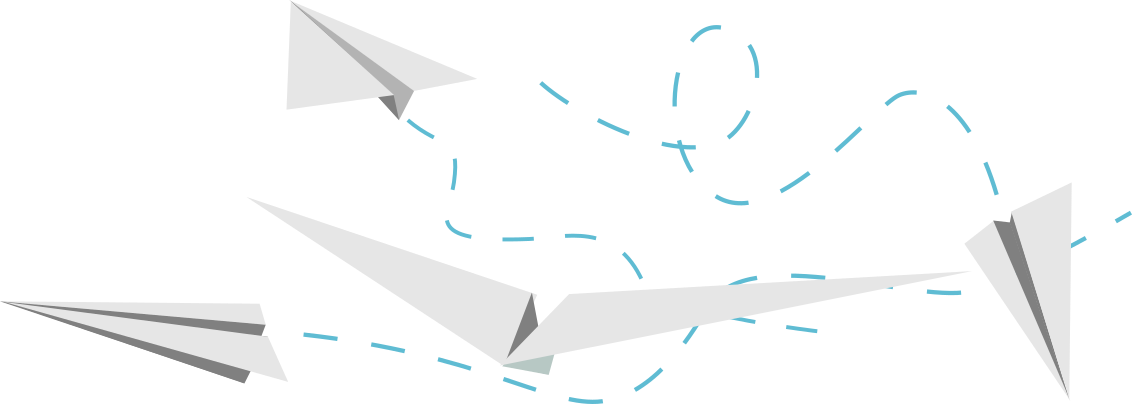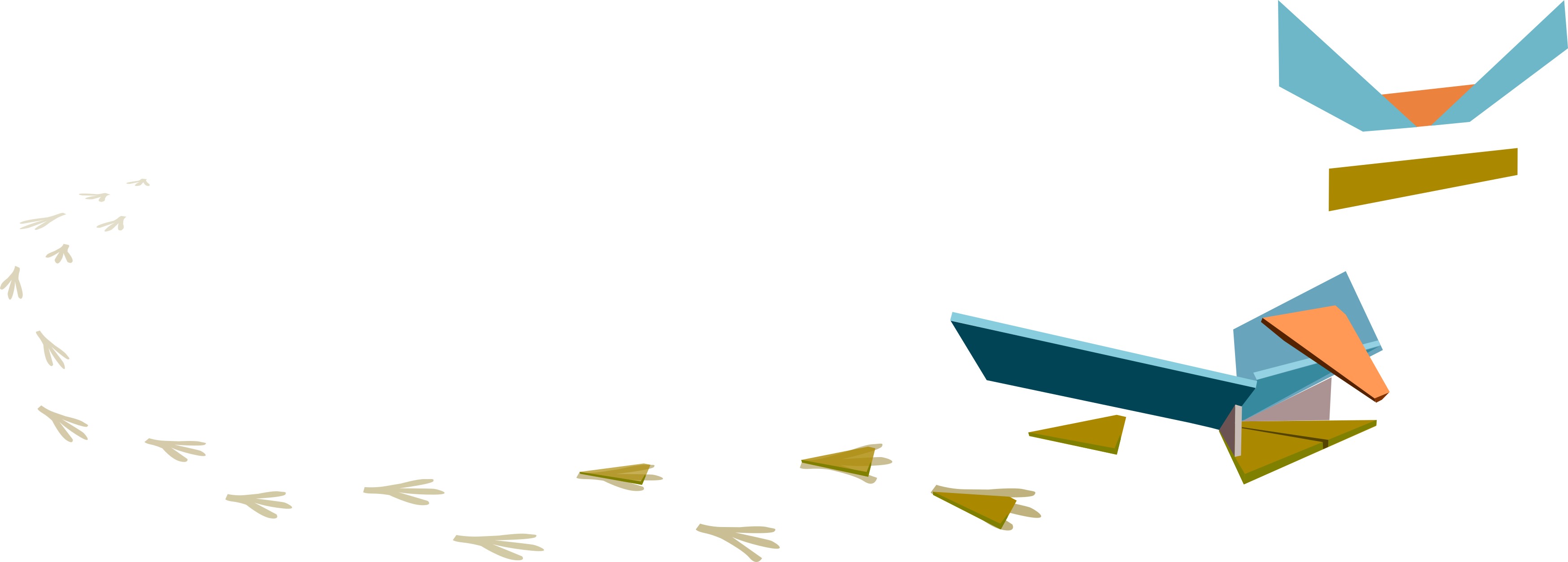By looking into the past, one might foresee outcomes in the future.
DISCLAIMER: Keybird design has matured over quite many iterations, with ups and downs along the way. A plan is listed in the Timeline, with desired milestones and due dates. With time, this plan might change. By looking at the history of the Timeline one can see how failures were integral part of the project development. Please understand that plans have changed before and no guarantees are given for the future. Best possible effort will be made to ensure the development goes as planned.
2007. - 2010.
Frustration with computer interaction accumulating. Ergonomic mice and keyboards bring no relief. Questionig the "ergonomics" of such devices.
2010. - 2012.
Searching for better ways of human-computer interaction.
Not focusing on "how" can it be accomplished. Just imagining what human-computer interaction needs to be like.
Learing about human postures. Thinking what is a "neutral" sitting position. Analysing and self-observing the sitting position and muscle groups involved. Going to physios. Learning about chest- and pelvis- opening streatching.
Noticing how long-holding posture creates tension in the muscles. Noticing how usage of computer mouse creates disbalanced skelatal position. Marking the importance of symetric posture!
2013.
A "full retard" moment happened, followed by the "lightbulb on" when the idea struck. A new concept was born out of frustration and rebellion. Now, that calls for a digression.

Despite the well-known advice from the legendary movie to "never go full retard", we went "full retard" — figuratively speaking. That’s how we best describe the new perspective that was essential for creating innovation.
Due to prejudice, we often see ideas being rejected prematurely. An open mind is essential for innovation to take place. A mind that is free from assumptions about interaction patterns, unburdened by existing experience or authority in human-computer interaction. We believe that building Keybird will demonstrate that no idea should be dismissed as #silly or #retarded until it has been given a fair chance.
Hands resting on the table, palms looking upward. That's it!
The position you take when your work at the computer is done — you lean back, exhausted, head tilted back, staring up at the ceiling.
It is a posture that feels natural. No compromise made. This posture relieves the tension from the neck and shoulders. Rotation of the forearm pulls the shoulder blades naturally back into a position that opens the chest. Wonderful!
At that time, not a slightest idea on how to accomplish input device for typing in such position. But the idea was attractive!
2014. - 2016.
Burst of ideas, excitement.
Filtering of ideas, upon facing the restrictions such as transparency requirements, limitations of technology, and, foremost, lack of knowledge.
Experimenting with various interaction technologies, one such was Microsoft Kinect.
Rejection in 2014. Proof-of-concept project application for soft input method editor for smart devices.
Rejection in 2015. Research project application for objective benchmarking of keyboard ergonomics. It's silly, but still no such benchmark exists.
Prototype P-2016 design idea forming.
2016.
Decision not to think about keyboard implementation technology. No electronic parts. Not before trying how the new typing method could feel. Lots of question marks about that. QWERTY typing habit had to be preserved. What is the right inclination?
Creation of a dry run prototype P-2016.
Inspiration by an open-book holding position.
Open-book holding experiments.
Need for independent adjustments of the angles for the wrists. Two disjoint planes needed for experiments.
Determinig angles of the wings. Experiments with two books.
Finally! After all the maths was done.
Plexiglass is cut with a small hand saw.
Plexiglass bending in the kitchen lab, bent over heated iron bars.
Using kitchen owen to heat up the iron bars, the ones that were used for blocking the rotation of washing maching in transport.
Sticking anti-slip transparent silicones instead of the keys. Python script generated an SVG with outline of keys and labels.
Typing on the dry-run prototype P-2016 felt promising. Only the hard part remains, building it! The creator is a software developer with zero keyboard building knowledge.
2017.
The brand name "Keybird" has been chosen.
Feeling very excited about this name, which is so close to the word "keyboard". And at the same time, it describes how the new keyboard looks like.
It's a bird-like keyboard. It's "Keybird".
2017. - 2020.
The digging started. An old Unikey keyboard was opened. The rubber domes.
At the time, other types of switches seamed too complicated to mount onto the board, also would require wiring and soldering - ahh, quite messy for a software developer.
Instead, rubber domes would make electric contact on the foil when pressed, foil could be printed by just extending the previous python script for genereting key outlines as SVG.
Rubber dome implementation effort it is. Extension of custom SVG keys layout generator python script from previous prototyping step. Expected outcome was output of SVG lines as electric wire traces for PCB.
2021.
Declaring failure in 2021!
It was a bad idea to write custom python script for tracing wires. Free open source tools do that task well, like KiCad. Yes, there is an extra effort of learning the tools, but it is worth it.
It was also a bad idea to go in the direction of making a rubber dome keyboard. Yes, rubber domes could eliminate need for soldering or provide transparency for looking through the board from the top view. But the majority of DIY community uses key caps and switches that are based on Cherry MX compatible design. Ouch, so much time wasted in wrong direction.
The key moment was to realize that Gerber files are taken in by PCB manufacturers. Also, learning how big the DIY keyboard community is and how many people pick and replace their Cherry MX compatible switches, lubing and tuning their keyboards.
Lessons learned. Moving on. Considering options and how to proceed.
2021. - 2024.
Feeling like starting all over again. Loads of despair.
After accepting that a lot more sweat and tears need to be spilled, project was able to continue.
Watching many DIY videos. Big thanks to many enthusiasts out there!
Watching, learning, thinking, writing down, and planning.
Studing Cherry MX compatible switch dimensions, the anatomy of a keyboard, switch, stems, keycap profiles, keyboard layouts ISO, ANSI, JIS, options for manufacturing plastic cases and silicons.
No mistakes this time. Need to do it like it is done in the keyboard DIY community. Which means doing 3D modeling and PCB design. Picking the tools for the task - open-source tools ofcourse.
"It can be done" state is reached.
Web domain keybird.io is bought.
June 2024 - present.
Development of Keybird logo. Pitch deck development. Applying to accelerator programs.
Rejection in Jan 2024. YC accelerator.
Rejection in April 2024. EIC european accelerator program.
Learning KiCad, learning Blender 3D design.
Analysing existing keyboard layout generators.
Development of 3D design and PCB. Development of Website content.
Decision reached how to go with the first MVP production:
Go for the 65% size keyboard.
Go for the ISO layout.
Go for the hot swappable sockets - custom design.
Present.
We are here now!
Proud to made it so far.
The future is ahead, the past is behind.
In the current stage, we are growing traction, seeking for user engagement, and preparing a crowdfunding campaign for Round #1, explained below.
If the Keybird project has won your sympathy, kindly join our membership and spread the word by giving us a like.
2025.
Crowdfunding campaign.
Round #1: The basic concept + tweaking.
If you read more about the Round #1, you might notice many datails are already engineered and manufactured. Reaching the goal means to have designed, manufactured, and fully tested working version of Keybird as follows:
65% size keyboard.
ISO layout with L enter.
Cherry MX compatible switch support.
Custom build hot swappable sockets.
Real-time typing is to be demoed in a streaming session. Or at some live meet-up, like KeyCon :)
As well, pulling out Cherry MX compatible switch (3 pins), mounting it, and then typing with it again is expected in the demo.
A development of a framework for tweaking the best typing performace on the Keybird K1 model is also part of the activities that will be ongoing in Round #1.
If you want to see Keybird alive and in action, consider supporting us.
NOTE. The 1K series from Round #1 will contain only the keyboard features. There will be no mouse integration. Mouse integration is part of the crowdfunding Round #3 (scroll down for more details).
2026.
Crowdfunding campaign.
Round #2: Planning production of the 1K model series
The purpose of this round of crowdfunding is to grow small capacities for producing limited edition serie of Keybird.
Round #2 will serve to collect purchase intents that help determine market interest for future production capacity planning.
All supporters will enter a "Waiting list" for purchasing the first model of Keybird. Keybird Members from Round #1 will be notified in advance about the opening of the round #2.
Manufacturing and shipping process establishment.
Establishment of online store is the outcome of this round.
Once store is up at https://keybird.io, supporters will be invited to make a purchase.
The goal is to develop initial production capacity for producing 1000 orders / year.
NOTE. Production of a small series requires serious work on setting up and integrating e-commerce platform and ERP systems, ensuring customer support, contracting partners in the whole supply chain (order fullfilment, from ordering, checkout, production, and packaging to shipping).
We are aware of the complexity of business process that is ahead. Therefore, online store can not be opened before everything is well prepared. In other words, reaching this milestone might take time.
2027.
Crowdfunding campaign.
Round #3: equipping the Keybird K1 model with an optical sensor.
The feature developed in Round #3 has a quirky name, called "Mouse in the Head of the Bird" . If this excites you as much as it excites us, we invite you to subscribe and follow our progress.
We are announcing to publish open call for DIY Keybird designs that integrate mouse sensor into the Head of the Keybird.
We are calling all 3D designers and PCB designers to join us at this round to show their creativity. Make sure you don't miss it - subscribe to our membership and get notified.
Design and print your own unique mouse attachment for the Keybird.
Will it be - a fearsome pterodactyl, a cool looking bat, or a mesmerizing praying mantis? We can't wait to see the incredible creations that will be brought to life by the Keybird comminity.
Expected outcomes of this round are listed below.
A full register of memorable Keybird creatures produced by the community should be the outcome of this round.
At the end of this round we would as well have a tested model of Keybird that can slide on a desk. User will be able to drag it over a desk and mouse pointer will move as if the mouse device is dragged over a desk.
2028.
Crowdfunding campaign.
Round #4: Adjustable angles of Keybird.
We are still considering what will enter this round.
Adding the possibility to set the wings to a custom inclination angle of onbes own preference is a powerful and desired feature. Therefore, it is currenty holding highest priority of being the part of this round.
There are also some other consideration of enabling special wings and body add-ons
The list will probably expand as we progress and learn more about the potential of the Keybird human-comuter interaction
We will stop here with tossing plans at you. Stay tuned, subscribe and follow our notifications feed. Become a member and join the journey. If you like the Keybird project and would like to buy us a coffee, consider crowdfunding or donating.
Summary
Pushing boundaries until keyboard typing experience meets perfection.
DIY culture
When Keybird started as a pet project more than a decade ago, its creator had zero initial keyboard-building knowledge.
Open-source and DIY communities provided the tools and knowledge sharing that was necessary for the creation of Keybird. We show our respect and support.
Growing traction
Before entering the public phases of crowdfunding, the majority of Keybird typing experience has already been engineered and proof tested on a dry-run prototype. All the effort has been self-financed.
We appreciate your contribution in terms of membership and social nets traction, as well as donations and funding.
Feature rich
QWERTY typing layouts, Cherry MX compatible switches, and hot swaps are just a few of many Keybird features.
Keybird offers custom art personalizations and DIY 3D modeling of wings and body add-ons.
Typing + pointing is fused to a single Keybird usage experience
Watch our progress
We are excited about what lies ahead. Are you too?

Stay tuned for what comes next.
Don't miss the news. Join our community. Create with Keybird. Hunt Easter eggs. Spread the word on social nets. Crowdfund. Or become a Partner



